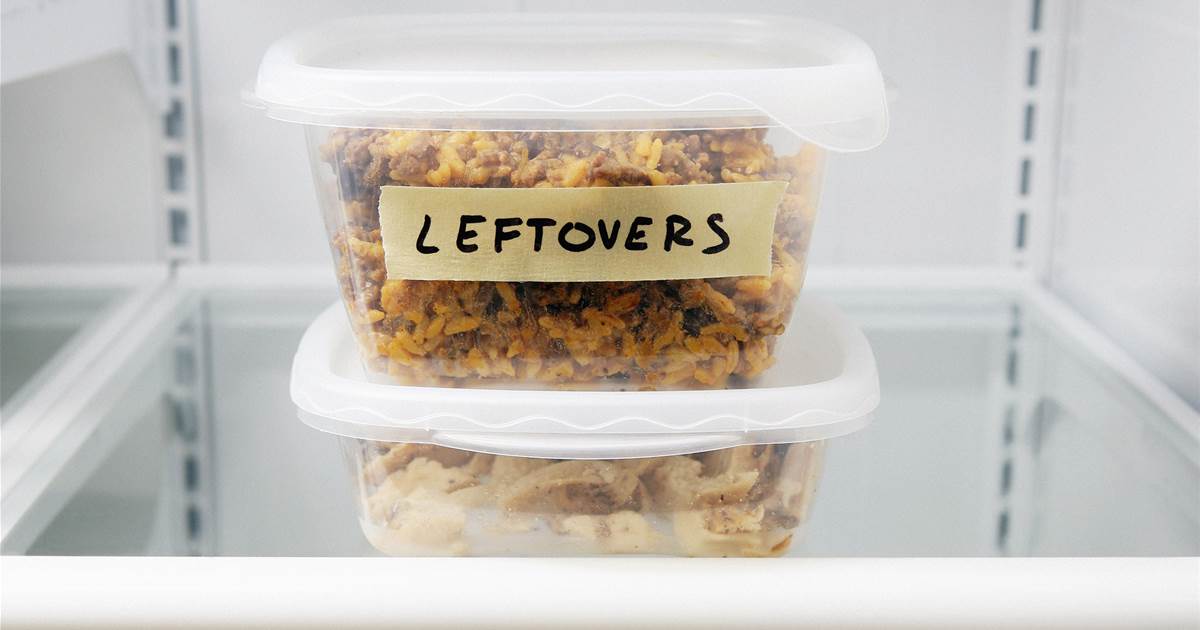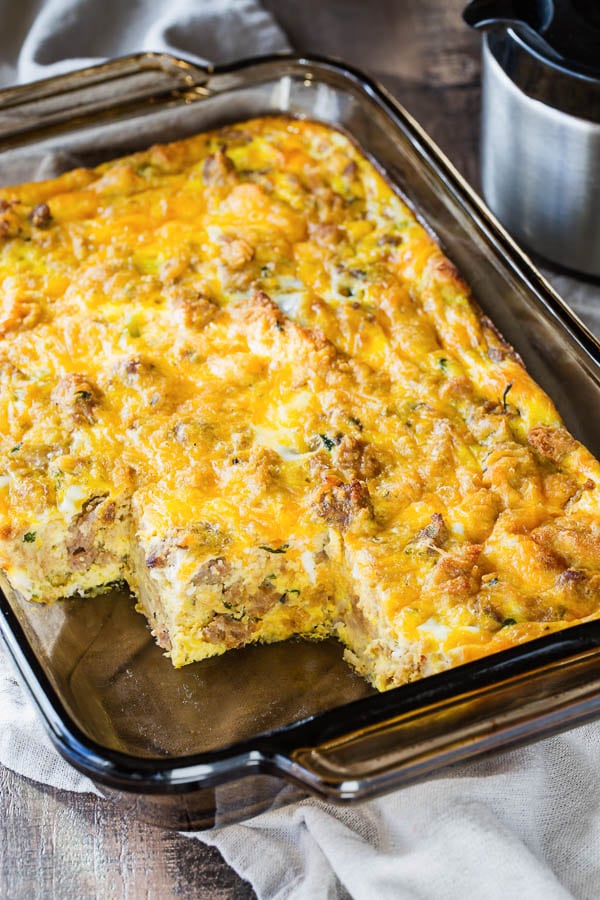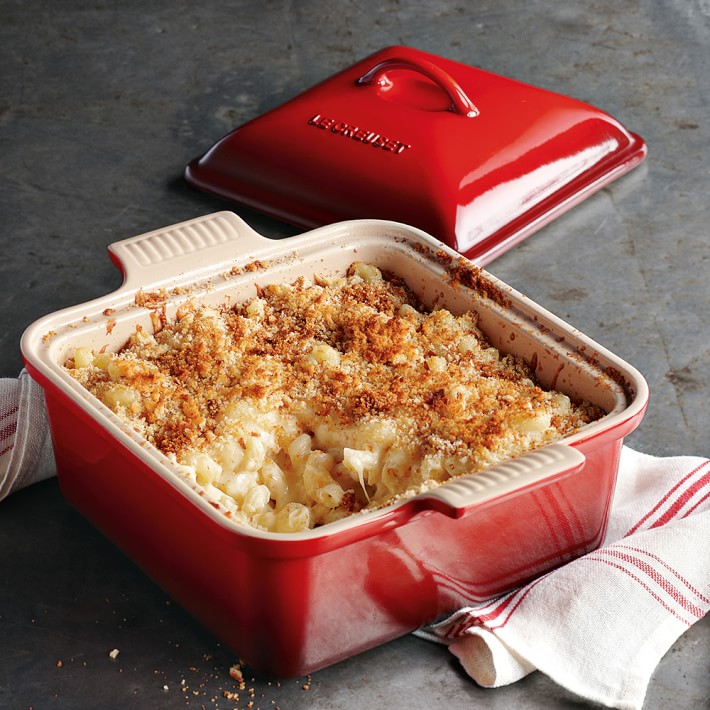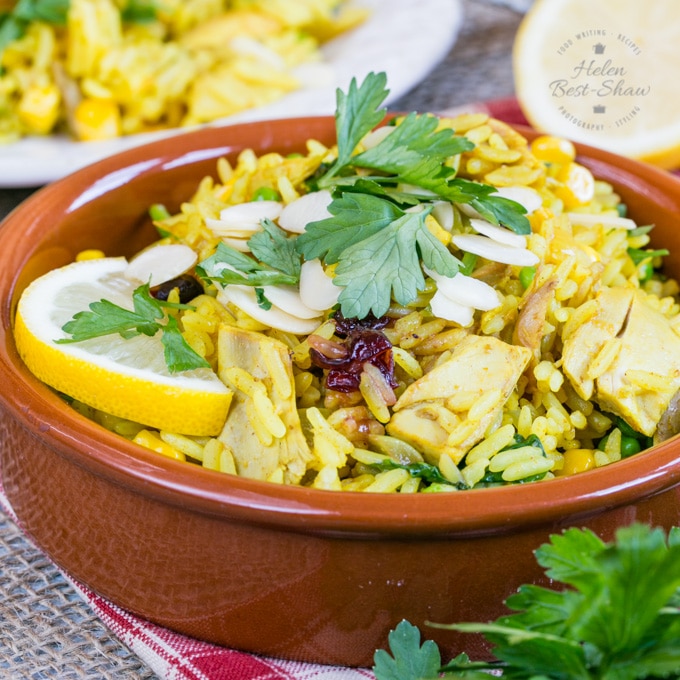When Reheated Properly, Casseroles Can Be Just as Good the Second Time Around
Enchiladas, baked pasta, and casseroles alike share at least three important traits. First, they're cozily delicious; next, they're great for feeding a crowd; and third, they almost always reheat well.
So if you're lucky enough to have some of the above (or any ‘ole leftovers for that matter) to warm up but wondering the best way to do it, here’s what the cooking pros at www.popsugar.com have to say about this timely topic. (I say “timely” because who doesn’t eat and reheat casseroles?)

Let’s start with reheating a single portion. The popsugar.com folks say the best tool is your microwave. There’s some controversy around microwave use, however. But if you’re not averse to using this appliance, then slice and transfer a portion to a microwave-safe dish, loosely cover (but NOT with plastic, please), and microwave until hot, checking after one minute and then in 30-second intervals afterward. The density of the casserole, the size of the portion, and the power of your microwave will make the time vary, but typically 1½ to 2 minutes will do the trick.

If you're reheating an entire casserole, start by preheating your oven. And if it’s in the original dish you first cooked it in, bring the dish out of the fridge 30 minutes to an hour before placing it in the oven.
Bringing your casserole up to room temperature is actually a crucial first step, but this reduces the amount of time it'll need to spend in the oven, promotes even heating, and protects your bake ware. (Ceramic and even Pyrex-type casserole dishes may crack if shocked by the extreme temperature difference between a cold fridge and a hot oven without the in-between buffering.)

As for the oven temperature and time needed to reheat, it'll vary depending on the size of the casserole dish and the density of its contents, but a safe bet is to reheat at a moderate temperature (325°F-350°F) for 20-30 minutes, or until hot throughout. To prevent moisture loss, cover the casserole dish tightly with tinfoil or the dish's lid until the last five to 10 minutes of heating.
Once warmed through, consider finishing reheating under the broiler to crisp the top and add a nice texture. To do this, turn your oven's dial to broil, place the casserole dish on the top rack (six to eight inches from the heating element is best), and check things frequently, as browning will happen rapidly and burning isn't far behind. (If the casserole looks dried out or is already verging on too brown, skip this step.)
The point to all this, though, is that when done properly a reheated casserole can be just as good (and in some cases better) the second time around.

Now a couple thoughts of my own: Presentation is always important, even when serving up leftovers. I always try to gussy-up the repeat dish with a nice garnish—fresh parsley sprigs, twisted lemon slices, or a sprinkle of finely cut green onions will do the trick (depending on the dish, of course). And then I try to include either a nice fresh bread or favorite dessert with the meal. Notice I said “try…” Sometimes all you can do is all you can do! And around our house, folks know to be glad for what they get!
- www.wxxv25.com
- www.sweetandsavorybyshinee.com
- www.williams-sonoma.com
- www.fussfreeflavours.com
 Alice Osborne
Alice Osborne
Weekly Newsletter Contributor since 2006
Email the author! alice@dvo.com
